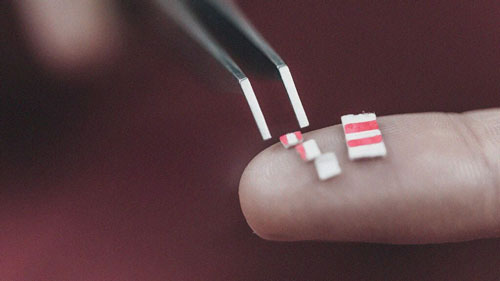SCIENTISTS have identified a bio logical mechanism that accounts for the prosocial behavior associated with repeated microdoses of LSD in mice. In a new mouse study, scientists have identified a mechanism that may help explain the prosocial behavior effects of microdoses of lysergic acid diethylamide (LSD).
The study, which appears in the Proceedings of the National Academy of Sciences of the United States of America, opens the door to future research exploring whether LSD may be effective in treating diseases that negatively affect a person’s social behavior.
In recent years, microdosing, which refers to consuming tiny amounts of psychedelic substances, has been increasingly debated. According to an article in the journal PLoS One, anecdotal reports from people who microdose describe it as having few negative effects and many long-term positive effects on health and well-being. However, there have been few empirical studies to determine precisely what effects this approach may have.
Scientists have found that acute doses of the psychedelic LSD can increase a person’s sense of happiness, connection with others, empathy, and trust. Other studies have found that the substance may have longer-term effects, such as increasing a person’s sense of well-being, altruism, and positivity.
Despite it being in use within therapeutic contexts since the mid-twentieth century, and then as a recreational drug since the 1960s, little is known about the potential biological mechanisms of LSD’s positive effects.
Experience 100+ guided meditations with Calm’s award-winning meditation app. Designed for all experience levels, and available when you need it most in your day. Start your free trial today. To shed light on this, the researchers behind the present study conducted an experiment using mice.
The team gave some of the rodents a low dose of LSD over 7 days. Another group of mice received only the “vehicle” that carried the LSD, which allowed the researchers to study the drug’s possible effects. The scientists conducted a series of tests making use of the cutting-edge technique called “optogenetics.” This method involves using the genes of light-sensitive proteins, which the team implants into the mice. By using light signals, the researchers were able to deactivate some of the signaling in the mice’s brains, allowing them to test any potential biological changes the LSD may affect.







